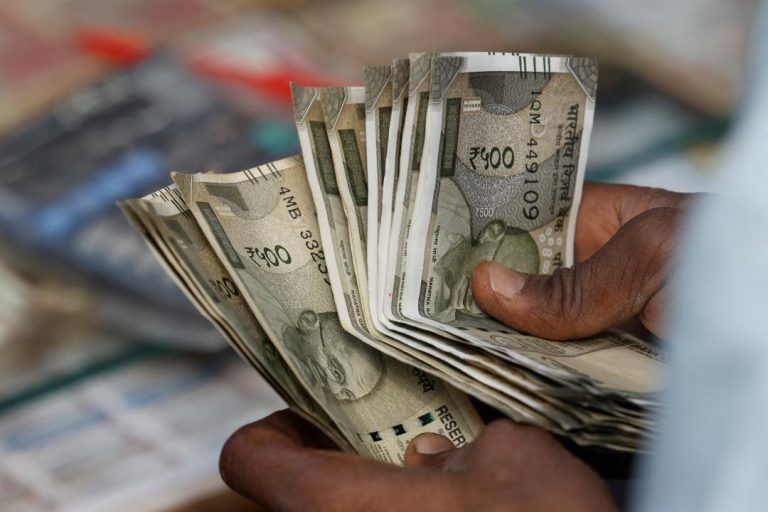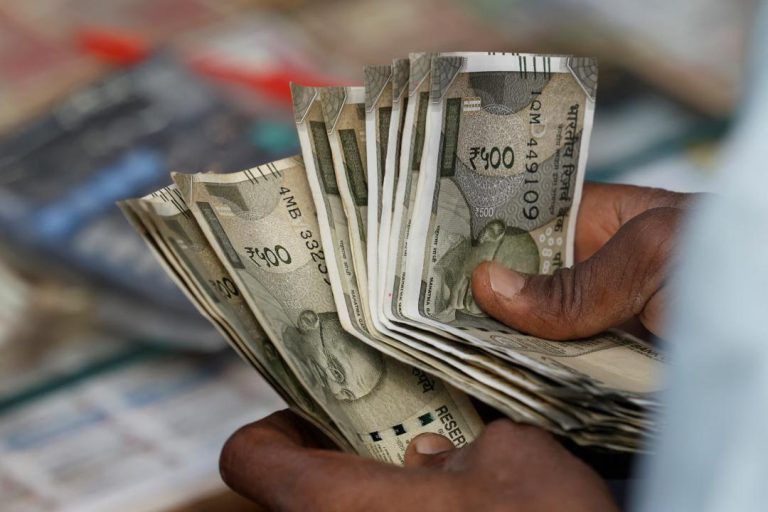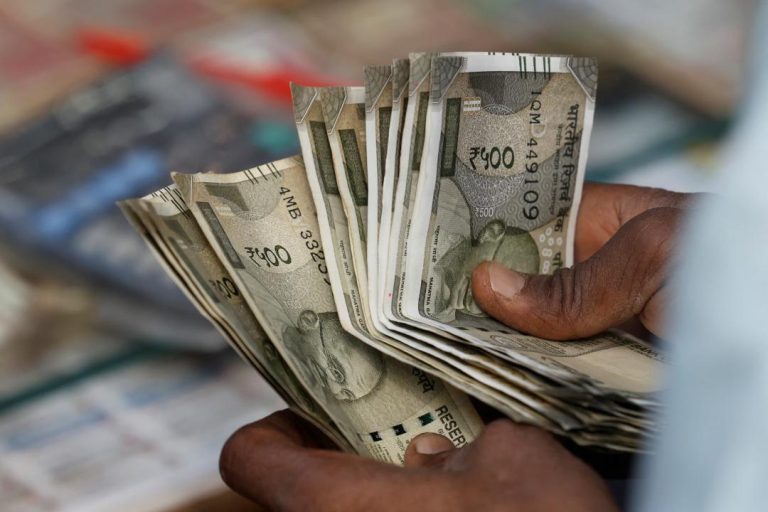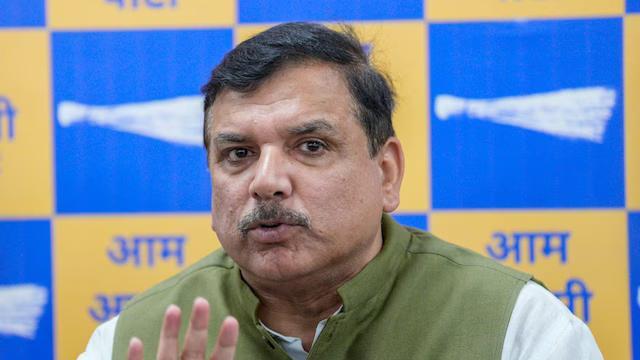
What Got Cheaper & Costlier in March as CPI Falls to 67-Month-Low of 3.34%?
As the country continues to navigate the economic landscape, the latest Consumer Price Index (CPI) numbers have brought some welcome relief. According to the data released by the Ministry of Statistics and Programme Implementation, the retail inflation in India fell to a 67-month-low of 3.34% in March. This significant drop has resulted in a mixed bag of price movements across various categories.
In this blog post, we’ll delve into the details of what got cheaper and costlier in March, shedding light on the segments that saw notable changes in prices.
Declines in Prices:
Eggs, vegetables, and pulses were the top performers in March, with prices declining significantly. According to the data, eggs became 12.34% cheaper, followed by vegetables (9.34%) and pulses (8.51%). These sharp declines can be attributed to factors such as good harvests, improved supply chain management, and reduced transportation costs.
Spices, meat, fish, and housing also saw marginal declines in prices. Spices became 0.51% cheaper, while meat and fish prices dropped by 0.23% and 0.27%, respectively. Housing costs, which had been rising steadily, showed a slight slowdown, with prices decreasing by 0.13%.
Recreation and amusement activities also saw a minor decline in prices, with a 0.14% drop. This could be attributed to the off-season nature of many recreational activities, which tend to see reduced demand and, subsequently, lower prices.
On the other hand, fruit prices saw a significant jump, rising by 12.38% in March. This increase can be attributed to factors such as crop failures, supply chain disruptions, and global market trends.
Marginal Rises:
While many categories saw price declines, others saw marginal rises. Cereals, milk, oil, sugar, confectionery, clothing, snacks, sweets, pan, tobacco, footwear, fuel, and health and education services all saw prices increase, but only slightly.
Cereals, for instance, became 0.45% more expensive, while milk prices rose by 0.34%. Oil saw a 0.23% increase, followed by sugar (0.18%) and confectionery (0.15%). Clothing prices rose by 0.13%, while snacks, sweets, and pan saw increases of 0.11%, 0.10%, and 0.09%, respectively.
Tobacco prices rose by 0.08%, followed by footwear (0.07%) and fuel (0.06%). Health and education services also saw minor price increases, with a 0.05% rise in both categories.
What Does This Mean for Consumers?
The decline in CPI to a 67-month-low of 3.34% is certainly a welcome development for consumers. With prices of essential items like eggs, vegetables, and pulses declining, households can expect to save some money on their daily expenses.
However, it’s essential to note that the price declines are not uniform across all categories. While some items saw significant drops, others saw only marginal changes or even increases. As consumers, it’s crucial to stay informed about price movements and adjust your spending habits accordingly.
What’s Next?
As the country continues to navigate the economic landscape, it’s essential to monitor the CPI numbers closely. The recent decline in retail inflation is a positive sign, but it’s crucial to ensure that the momentum is sustained.
The government, too, needs to take cognizance of the price movements and implement policies that promote sustainable growth and stability. By keeping an eye on inflation and making adjustments as needed, policymakers can ensure that the economy remains robust and resilient.
Conclusion:
In conclusion, the latest CPI numbers bring some much-needed cheer to consumers. With prices of essential items declining, households can expect to save some money on their daily expenses. However, it’s essential to stay informed about price movements and adjust spending habits accordingly.
As we move forward, it’s crucial to monitor the CPI numbers closely and implement policies that promote sustainable growth and stability. Only by working together can we ensure that the economy remains robust and resilient, providing a better future for all Indians.






